Should I wait to get a new roof?
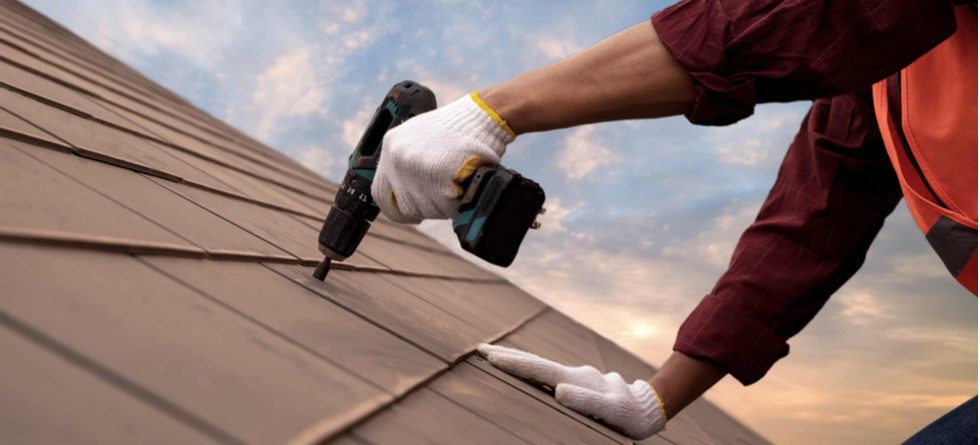
That’s why an inspection is so vital, if the roof is leaking and you wait you will end up with house issues instead of just roof issues. But if we do an inspection, which is free, we may be able to tell you what’s really going on and maybe it has another 7 years.

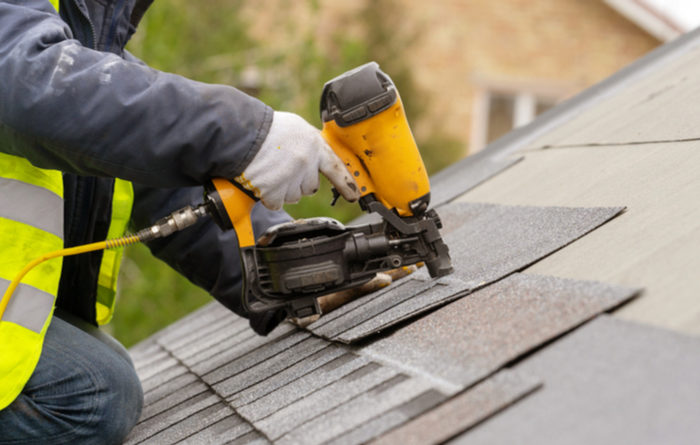
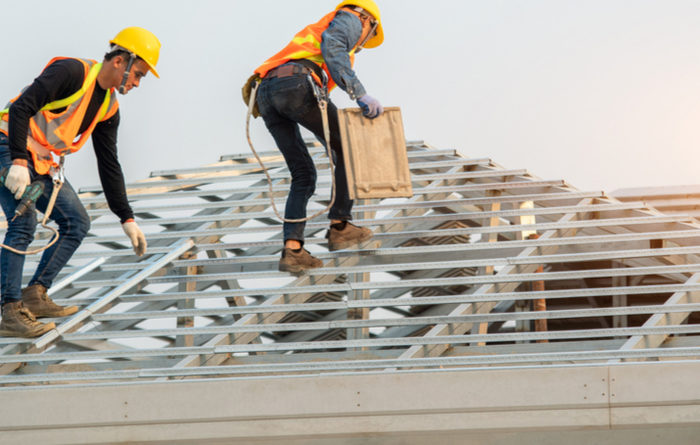
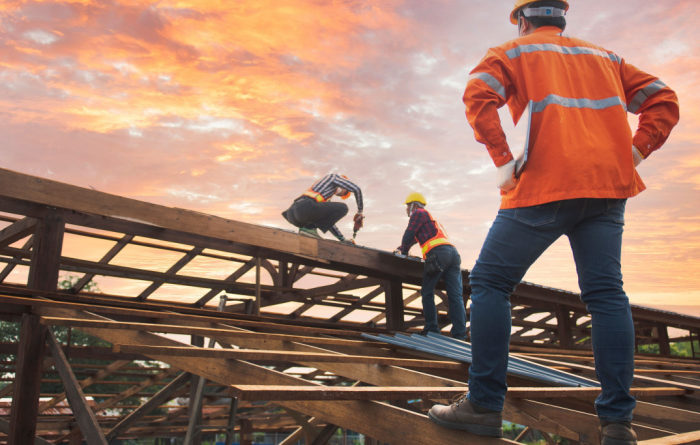
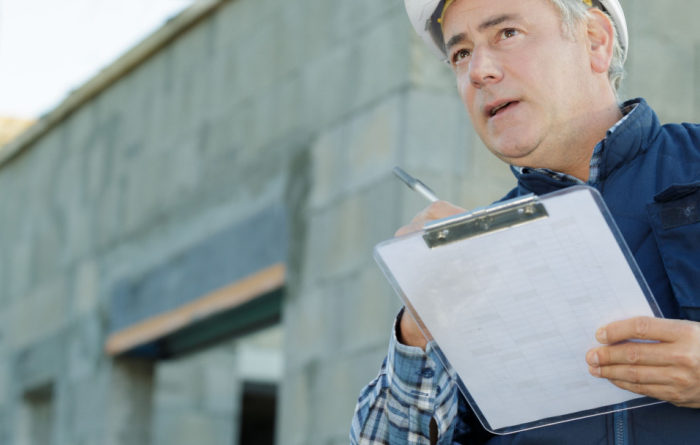
Leave a Comment